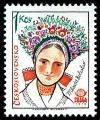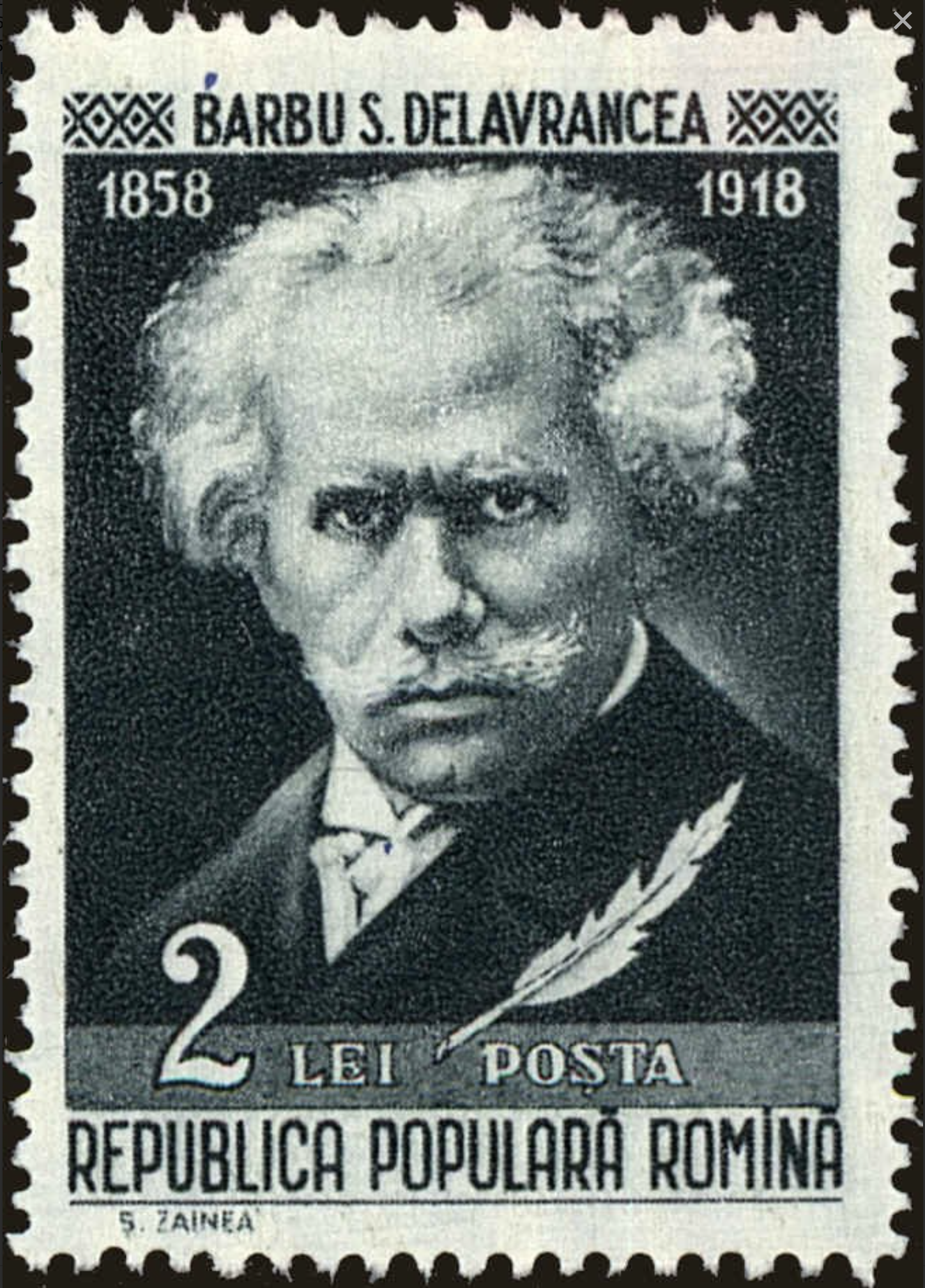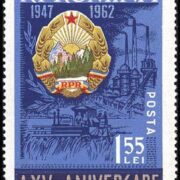Romania #1862 (1966) – The Man with the Blue Cap, Jan van Eyck (c. 1390-1441)
$0.35
Romania #1862 (1966) – Portrait of a Man with a Blue Chaperon, Jan van Eyck (c. 1390-1441)
1 in stock
Description
Romania #1862 (1966) – Portrait of a Man with a Blue Chaperon, Jan van Eyck (c. 1390-1441)
Jan van Eyck (c. 1390-1441) was a Flemish painter who played a crucial role in the Northern Renaissance. He is often credited as one of the founders of the Early Netherlandish painting school and is known for his meticulous attention to detail and groundbreaking use of oil paint.
Here are some key points about Jan van Eyck:
- Innovations in Oil Painting: Van Eyck’s use of oil paint allowed for greater detail, luminosity, and depth in his works. This technique revolutionized European painting during the Northern Renaissance.
- Famous Works: One of his most renowned works is the “Arnolfini Portrait” (1434), also known as “The Arnolfini Wedding” or “The Arnolfini Marriage.” This painting is celebrated for its rich symbolism, intricate detail, and realistic depiction of the subjects.
- Realism and Detail: Van Eyck was known for his ability to capture intricate details with remarkable precision. His paintings often featured realistic textures, reflections, and lighting effects.
- Court Painter: Van Eyck served as a court painter for Philip the Good, Duke of Burgundy. He worked in the Burgundian court in modern-day Belgium.
- Religious Themes: While he painted secular portraits, Jan van Eyck also produced religious works. “The Ghent Altarpiece” (also known as the “Adoration of the Mystic Lamb”) is another masterpiece that demonstrates his skill in depicting religious subjects.
- Secretive Signature: Van Eyck was known for incorporating a distinctive signature or motto in many of his works. His motto, “Als Ich Kan” (As I Can), was a humble acknowledgment of his artistic abilities.
Jan van Eyck’s contributions to art, especially in terms of technique and realism, had a profound impact on the development of painting in the Northern Renaissance. His influence extended beyond his lifetime, shaping the work of subsequent generations of artists.
Ready to ship in 3-5 business days from United States (US)
Additional information
| Weight | 0.0149 lbs |
|---|---|
| Condition | |
| Country | |
| Scott Number | |
| Stamp Format | |
| Stamp Type | |
| Year of Issue |













